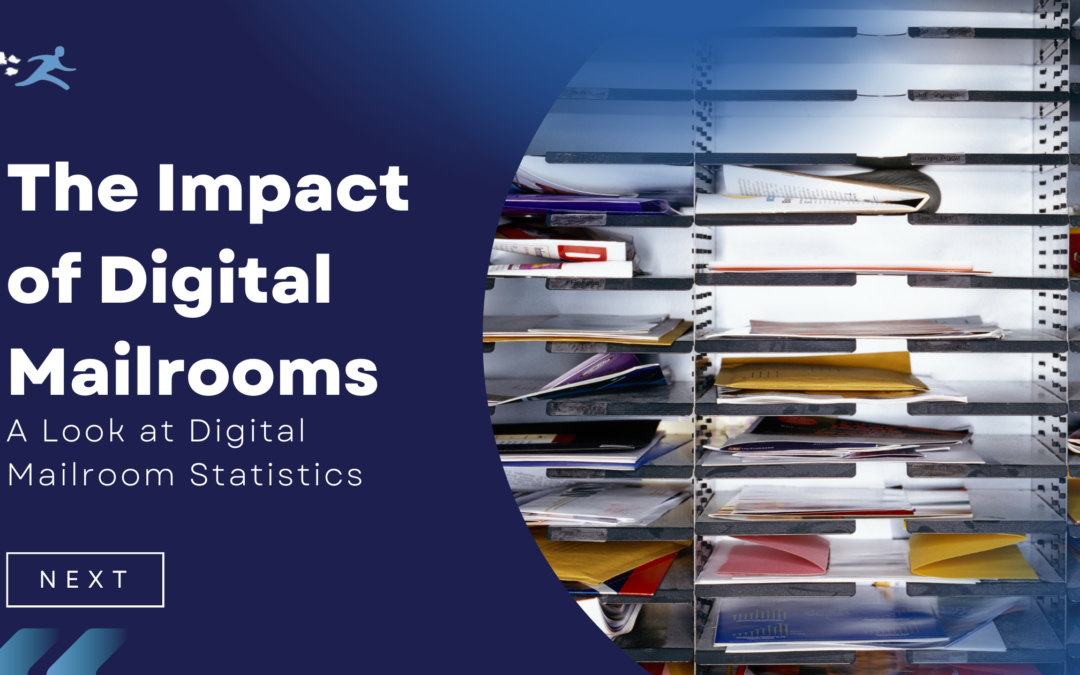The introduction of digital mailrooms has revolutionized how organizations handle incoming mail, significantly enhancing productivity and reducing costs. By digitizing physical mail, businesses can streamline the mail handling process, enabling faster delivery and response times. This not only improves overall efficiency but also reduces the need for physical storage space and minimizes the risk of lost or misplaced mail. Digital mailrooms also often include advanced features such as automated mail sorting and routing, further optimizing mail management workflows. Let’s dive into the digital mailroom statistics to understand their impact better.
- Cost Savings: According to AIIM, the Association for Intelligent Information Management, organizations can save up to 60% on mailroom operational costs by implementing a digital mailroom solution. This includes savings on labor, paper, and storage space.
- Time Efficiency: A study by McKinsey & Company found that digital mailrooms can reduce processing times by up to 90%. This means that businesses can handle incoming mail more quickly, leading to faster decision-making and improved customer service.
- Error Reduction: Manual mail sorting and processing can lead to errors. However, with digital mailrooms, the automation of these processes can reduce errors by as much as 50%, according to a study by Deloitte.
- Document Security: According to a report by the Ponemon Institute, the average cost of a data breach is $3.86 million. Additionally, the report found that the likelihood of experiencing a data breach of at least 10,000 records over the next two years is 27.9%. These statistics highlight the importance of implementing robust document security measures, such as those provided by digital mailrooms, to protect sensitive information and mitigate the risk of costly data breaches. Digital mailrooms provide enhanced document security, reducing the risk of sensitive information being lost or accessed by unauthorized individuals. This can lead to improved compliance with data protection regulations such as GDPR and HIPAA.
- Improved Access: A survey conducted by AIIM states that 49% of organizations reported that their employees have access to documents from outside the office. This statistic underscores the increasing need for secure and convenient document access solutions to enable remote work and collaboration while maintaining data security. Digital mailrooms enable employees to access mail and documents remotely, enhancing collaboration and productivity, especially in a remote or hybrid work environment.
- Environmental Impact: According to the Environmental Paper Network, producing one ton of paper requires approximately 24 trees and 100,000 liters of water. Additionally, the paper production process emits significant amounts of greenhouse gasses and contributes to deforestation. By going paperless, organizations can help reduce their environmental impact by conserving trees, water, and energy, as well as reducing greenhouse gas emissions. By reducing the need for paper and physical storage space, digital mailrooms contribute to a more sustainable and environmentally friendly business practice.
- Customer Satisfaction: Another study by AIIM reports that 68% of organizations reported improved customer satisfaction after implementing paperless processes. This statistic suggests that going paperless not only benefits the environment and operational efficiency but also has a positive impact on customer experience. Reduced paperwork can lead to faster response times, improved accuracy, and better overall service, ultimately enhancing customer satisfaction levels, as customers receive quicker responses to inquiries and requests.
In conclusion, the digital mailroom statistics clearly demonstrate the significant benefits they offer to businesses. From cost savings and time efficiency to enhanced document security and environmental impact, digital mailrooms have become an essential tool for modern organizations looking to optimize their operations.

